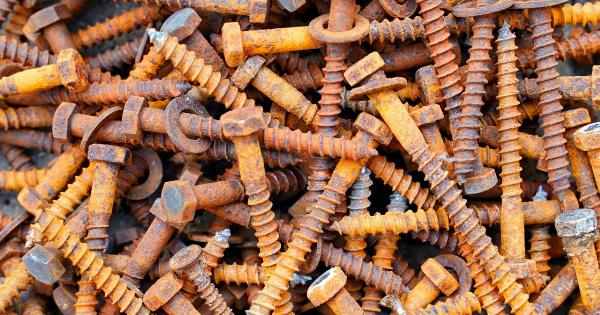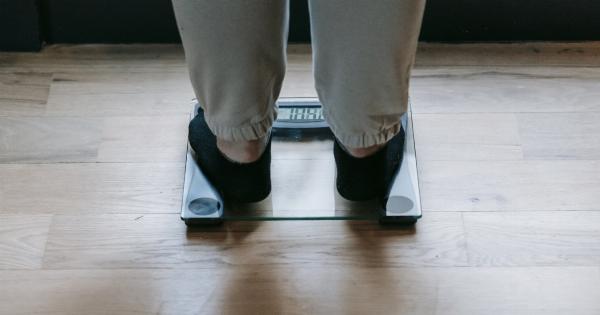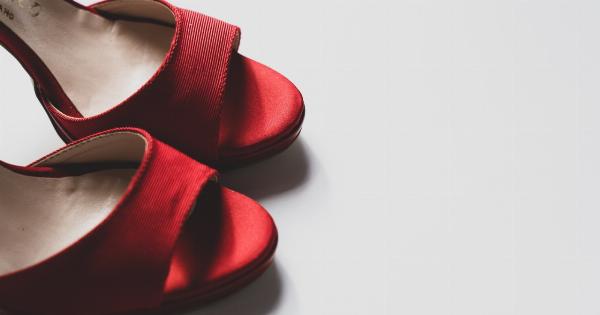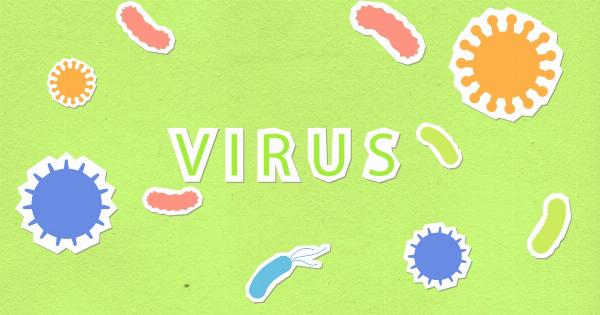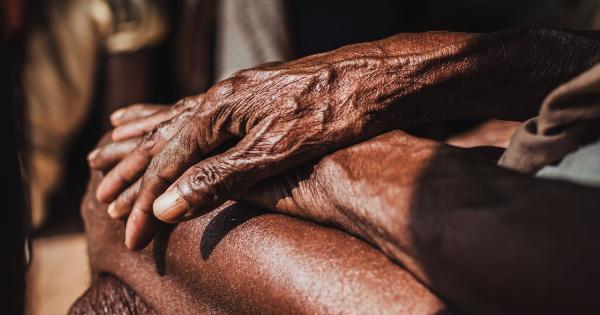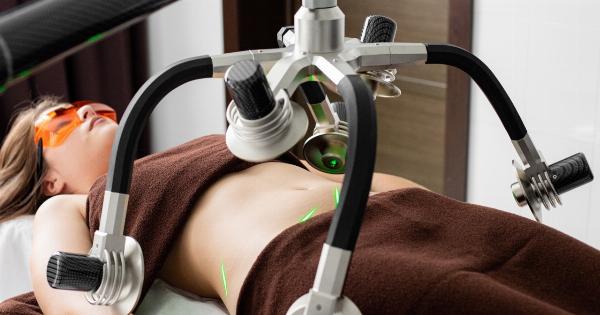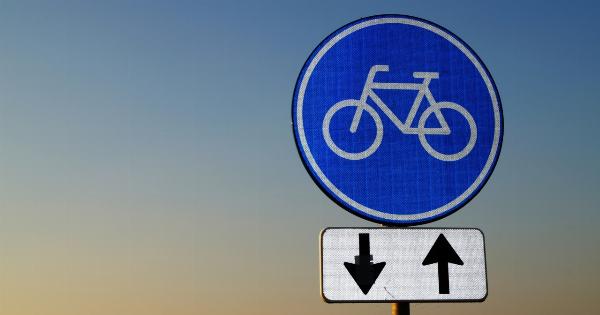The liver is one of the most vital organs in the human body, responsible for various functions such as detoxification, protein synthesis, and bile production.
When the liver is compromised or not functioning properly, it can lead to a range of health issues. Surprisingly, the condition of your legs can serve as an indicator of liver trouble. In this article, we will explore the connection between leg health and liver function and discuss various signs that can point towards liver problems.
An Overview of Liver Function
Before delving into the relationship between the liver and legs, it’s crucial to understand the fundamental functions of the liver. The liver performs multiple critical tasks, including:.
- Detoxification: One of the liver’s primary functions is to detoxify harmful substances from the body, including drugs, alcohol, and metabolic waste products.
- Metabolism Regulation: The liver plays a crucial role in regulating various metabolic processes, such as blood sugar levels, cholesterol levels, and the metabolism of fats, proteins, and carbohydrates.
- Bile Production: Bile, produced by the liver, aids in the digestion and absorption of fats in the small intestine.
- Protein Synthesis: The liver synthesizes proteins essential for blood clotting, immune system function, and hormone production.
Legs and Liver Connection
While the link between liver health and leg appearance may not be immediately apparent, several significant connections exist.
When the liver is not functioning optimally, it can lead to various symptoms and physical manifestations throughout the body, including the legs. Let’s explore some common indications of liver trouble that may present in the legs:.
1. Edema or Swelling
Edema refers to the swelling of body tissues, commonly manifested as swollen legs and feet. When the liver is damaged or diseased, it may struggle to efficiently produce albumin, a protein responsible for maintaining fluid balance in the body.
Consequently, fluid can accumulate in the lower extremities, resulting in swollen legs and ankles.
2. Spider Veins
Spider veins, also known as telangiectasias, are small dilated blood vessels that appear close to the skin’s surface.
While spider veins can occur due to various factors, including genetics and poor circulation, liver dysfunction can also contribute to their development. When the liver is unable to effectively metabolize hormones, such as estrogen, it can lead to hormonal imbalances, dilated blood vessels, and the formation of spider veins.
3. Jaundice
Jaundice is a condition characterized by the yellow discoloration of the skin, eyes, and mucous membranes. It occurs when the liver fails to process bilirubin, a yellow pigment produced during the breakdown of red blood cells.
When bilirubin builds up in the body, it can lead to jaundice, and the discoloration can be visible in various parts of the body, including the legs.
4. Itchy Skin
Pruritus, or itchy skin, is a distressing symptom commonly associated with liver diseases.
The exact mechanisms behind the development of itching in liver conditions are not yet fully understood, but it is believed to be related to the accumulation of bile salts in the bloodstream. Patients with liver-related pruritus often experience itching, including on their legs and other parts of the body.
5. Palmar Erythema
Palmar erythema refers to a reddening of the palms, specifically the ball of the thumb and little finger. It results from increased estrogen levels in the blood due to impaired liver function.
This condition can be an early indicator of liver dysfunction and can coexist with other leg-related symptoms caused by liver disorders.
6. Easy Bruising
The liver plays a crucial role in producing clotting factors that help prevent excessive bleeding. When the liver is damaged, it may struggle to produce these clotting factors, leading to easy bruising.
While bruises can occur anywhere on the body, they might be more noticeable on the legs due to regular contact and minor injuries.
7. Muscle Wasting
Liver disease can lead to the breakdown of muscle tissue, resulting in muscle wasting and weakness. The legs, being major muscle groups, are particularly susceptible to this process.
Patients with advanced liver diseases may experience thinning of the leg muscles, giving them a frail appearance.
8. Ascites
Ascites is a condition characterized by the buildup of excessive fluid in the abdominal cavity. It can exert pressure on the liver and impede its normal function.
In advanced liver diseases, ascites can lead to swollen legs due to fluid retention and increased pressure on the surrounding blood vessels.
9. Clubbing
Digital clubbing is a condition in which the fingertips become enlarged and the nail bed becomes rounded and curved. Although clubbing can have various causes, including lung and heart diseases, liver dysfunction can also contribute to its development.
Clubbing on the fingers and toes can be associated with cirrhosis, a late-stage liver disease.
10. Varicose Veins
Varicose veins are enlarged, swollen veins that often appear twisted and can be seen beneath the skin’s surface.
While varicose veins primarily occur due to poor vein valve function and weakened vessel walls, liver dysfunction can exacerbate their development. A compromised liver may lead to increased venous pressure and blood pooling, contributing to the formation of varicose veins, often seen in the legs.
Conclusion
The condition of your legs can act as a clear indicator of liver trouble. Recognizing the potential signs and symptoms that manifest in the legs can help identify liver dysfunction early on, enabling timely medical intervention.
It is important to remember that while leg-related symptoms can point towards liver issues, they are not exclusive to liver problems and can occur due to various other factors. If you notice any concerning leg manifestations or suspect liver trouble, it’s crucial to consult a healthcare professional for a comprehensive evaluation and appropriate management.






